Rabbi Yitzchak Meir Alter was born in the year 5559 (1799) in the town of Magnuszew, Poland, as the eldest child of Rabbi Yisrael Rotenberg. Rabbi Yisrael Rotenberg was the rabbi of the town and was a descendant of the Maharam rabbi, Rabbi Meir of Rotenberg. Rabbi Yitzchak Meir Alter’s mother was Chaya Sarah, a descendant of the Maharshal and Magaleh Amukot rabbis. She was orphaned in her childhood and grew up in the home of her relative, the Magid (rabbinic storyteller) of Kozienice. The Maggid...[Read more]
Rabbi Yitzchak Meir Alter was born in the year 5559 (1799) in the town of Magnuszew, Poland, as the eldest child of Rabbi Yisrael Rotenberg. Rabbi Yisrael Rotenberg was the rabbi of the town and was a descendant of the Maharam rabbi, Rabbi Meir of Rotenberg. Rabbi Yitzchak Meir Alter’s mother was Chaya Sarah, a descendant of the Maharshal and Magaleh Amukot rabbis. She was orphaned in her childhood and grew up in the home of her relative, the Magid (rabbinic storyteller) of Kozienice. The Maggid promised her after she agreed to marry Rabbi Yisrael, who was older than her, a widow, and poor without a dowry, that she would merit to have a son who would light up the world. Rabbi Yisrael was one of the followers of Rabbi Levi Yitzchak of Berditchev and the Maggid of Kozienice. From his youth, he was known for his sharpness and learning and was referred to as the “Prodigy of Magnuszew.”
The gentleman from Warsaw, Moshe Chalpan chose Rabbi Yitzchak Meir as a groom for his righteous daughter, Faigale, and the wedding was held in 5572 (1812). Rabbi Yitzchak Meir lived in Warsaw, and his influence reached far. Many young men flocked to his home, where he opened a yeshiva and spread words of Torah for many years in his humble abode. He was known in this period as “Itche Meir Warsawer” (Yitzchak Meir of Warsaw). He conversed in Torah with the famous Torah scholars of the day: Rabbi Akiva Eiger of Poznan, Rabbi Yaakov of Lissa, Rabbi Efraim Zalman Margaliot of Brody, and especially with the rabbi of Warsaw, Rabbi Shlomo Zalman Lifshitz. All of these rabbis were very impressed by Rabbi Yitzchak Meir’s genius and prophesized that he would be great.
At some point and for unknown reasons, Rabbi Yitzchak Meir changed his last name from Rotenberg to Alter. He was a follower of the chassidic Rabbi Bunim of Peshishcha and following the rebbe’s death in 5587 (1827), he refused to become the leader of Rabbi Bunim’s congregation and turned to his own close friend, later known as “The Rabbi of Kotzk,” Rabbi Menachem Mendel Morgenstern, who began to lead a congregation in Tomaszow, and later moved to Kotzk. After the passing of the Kotzker Rebbe, Rabbi Yitzchak Meir declared that “I saw a flame of fire burning in Kotzk and I surrendered myself under it for 32 years!” When Rabbi Lifshitz, the rabbi of Warsaw, passed away, Rabbi Alter refused to replace him despite the pleas of Warsaw Jewry. Instead, under his influence, Rabbi Chaim Davidson was elected rabbi. Rabbi Davidson and community leaders worked hard to appoint Rabbi Alter as an official rabbi in the city and a member of the city rabbinate. Although he did not serve as chief rabbi of the city, he was considered the highest Torah authority in Warsaw, and most of the city's Jews looked up to him and were eager to hear his words. He came out strongly against the Russian Empire’s mandating that Jews wear specific clothing. He was arrested as a result, but when the charedi (ultra-Orthodox) Jews of Warsaw came out en masse to protest his arrest, the authorities were forced to surrender and compromise with the Jews. After Rabbi Davidson’s passing, Rabbi Alter influenced the community leaders to appoint the rabbi of Krakow, Rabbi Dov Berish Meisels, as the rabbi of their city.
Rabbi Alter knew great stress over many years of his life. Of his 16 children, 15 died in in his lifetime. After the passing of the Kotzker Rebbe, in Shvat 5619 (1859), most of his students and chassidim clung to Rabbi Alter, and he began leading a congregation in the outskirts of Warsaw, in his study hall on Iron Street (“Eisengass” in Yiddish, “Zelazna in Polish). When it became clear that it was impossible to remain in Warsaw due to tormenting from their Polish neighbours and others who disagreed with the opening of a chassidic court in Warsaw, Rabbi Alter chose to move his apartment and chassidic court to Gur. This was following the arrival of a delegation of Jews from Gur who invited him to become their rabbi, replacing his father who served as their rabbi in his old age. In Iyar 5619 (1859), a study hall was opened in Gur and with this act the Gerrer chassidic dynasty that we know today was established. Rabbi Alter led the congregation for seven years, and he gained thousands of followers until his passing on the 23rd of Adar 5626 (1866). His chassidic followers coined the seven years of his leadership as the “seven years of plenty,” as they clearly felt that in those years the rabbi truly cared about their physical and spiritual wellbeing.
Following Rabbi Alter, Rabbi Chanoch Henich HaKohen of Alexander lead the congregation for four years. Upon his passing in 5630 (1870), the leadership was returned to Gur, to Rabbi Yehuda Aryeh Leib Alter, who was known as the Sfat Emet and was the grandson of Rabbi Yitzchak Meir Alter and the eldest son of Rabbi Avraham Mordechai. Upon the passing of the Sfat Emet, his son, Rabbi Avraham Mordechai (not to be confused with the grandfather he was named after), known as the Imrei Emet, replaced him. When the Imrei Emet was a baby, his great-grandfather, the Chidushei Harim (Rabbi Yitzchak Meir Alter) saw his great-grandson two months before his own death and stated in admiration that “I could not have asked for anything better than this.” Another famous grandson of Rabbi Yitzchak Meir Alter was Rabbi Pinchas Menachem Justman, the rabbi of Pilc, known as the Siftei Tzadik.
Following the death of Rabbi Yitzchak Meir Alter, his grandchildren published his writings and thoughts in the books “Chidushei Harim” on the Mishna and the Shulchan Aruch (a Jewish law book), “Shu’t Harim” comprising questions and answers in all areas of Jewish law, and Sefer HaZechut on the Torah. A small building was built over his grave in Gur and later his grandson, the Sfat Emet, who died on the 5th of Shvat 5665 (1905), was buried there too. The spot has now seen thousands upon thousands of visitors, from all walks of life, who travel to Gur to pray at the graves of the righteous.
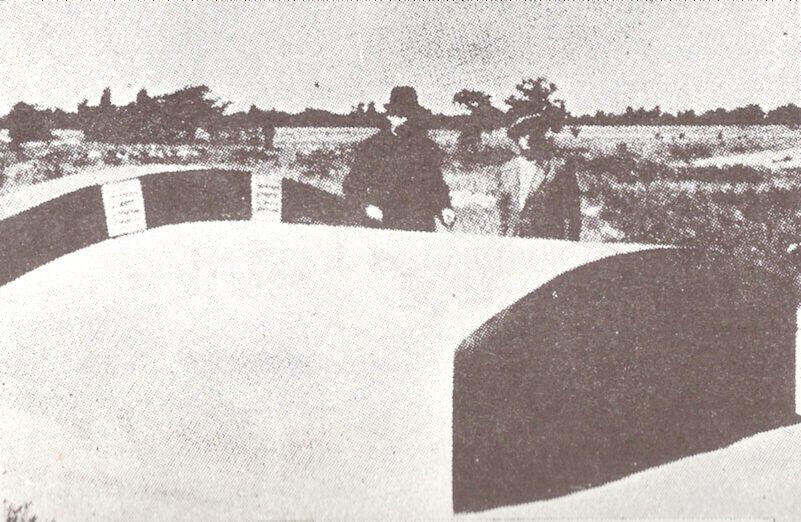
The rebuilt gravestone of Rabbi Yitzchak Meir Alter of Gur and his grandson, Rabbi Yehuda Aryeh Leib Alter, the Sfat Emet.
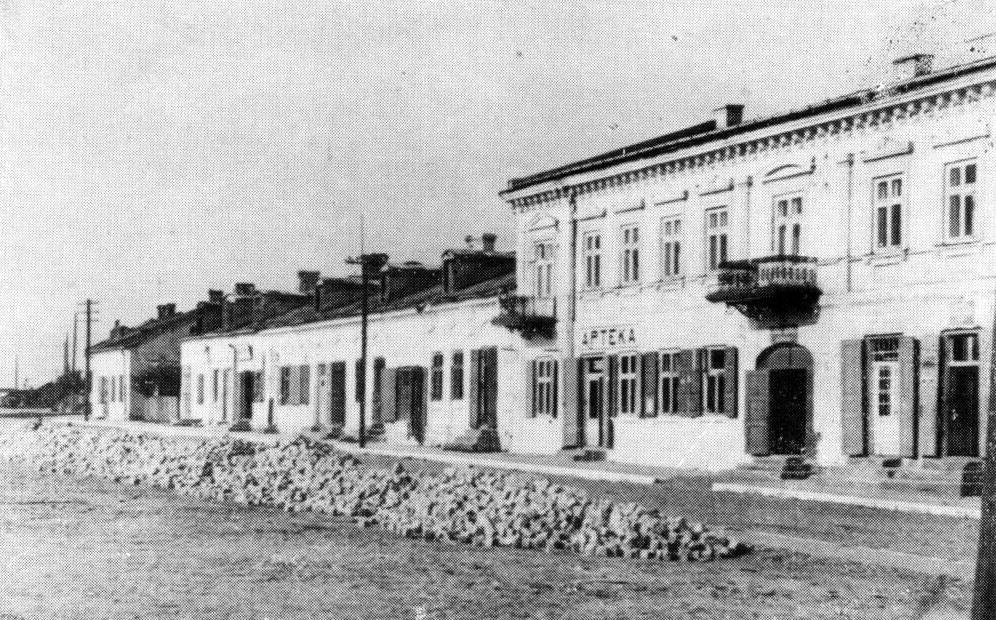
The building in Kotzk in which Rabbi Menachem Mendel Morgenstern lived
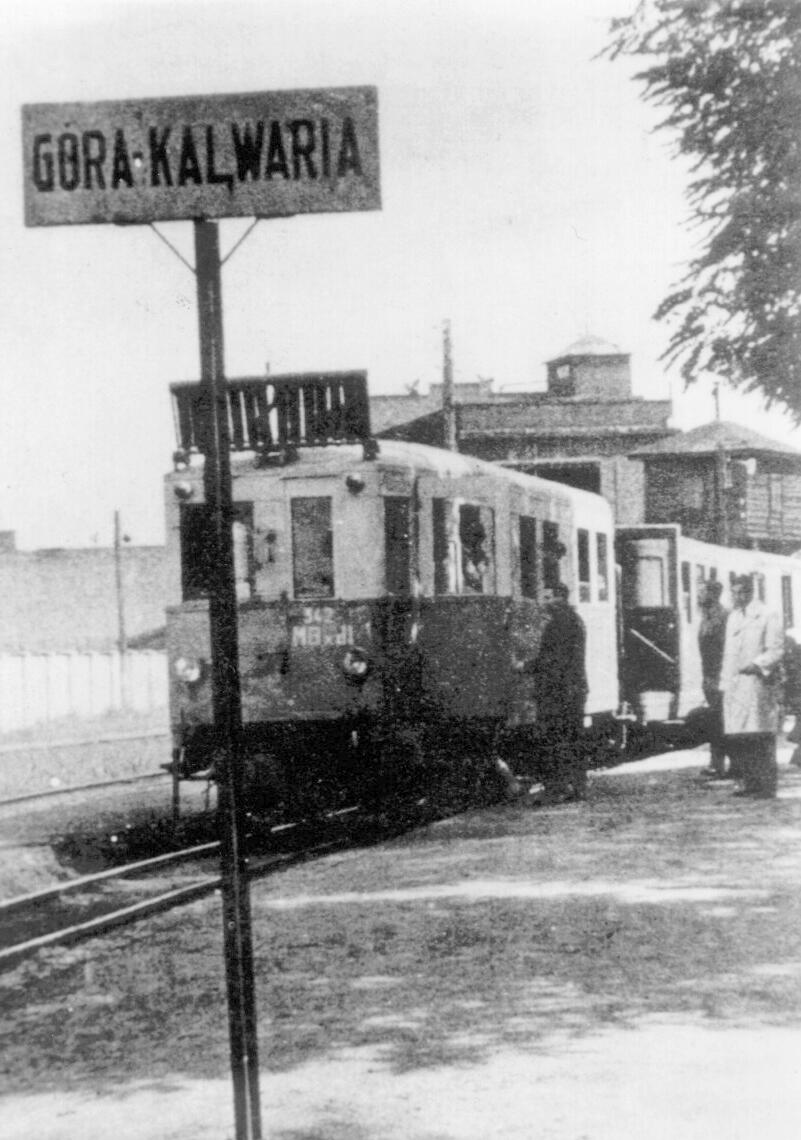
The “Koleikeh” – The electric train in which the Gerrer chassidim travelled to visit the Gerrer Rebbe
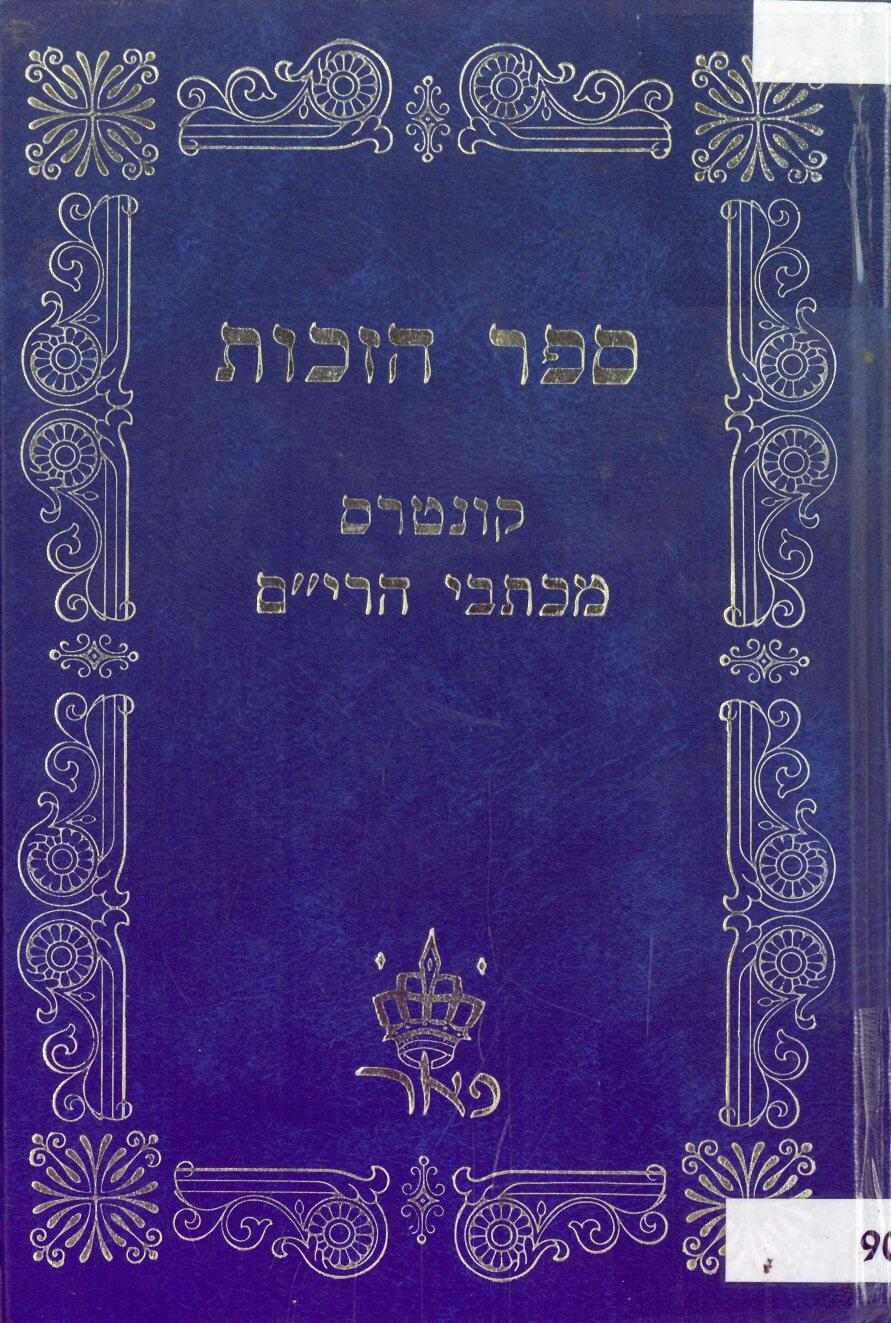
The Torah commentary written by the Gerrer Rebbe, Rabbi Yitzchak Meir Alter, known as the Chidushei Harim
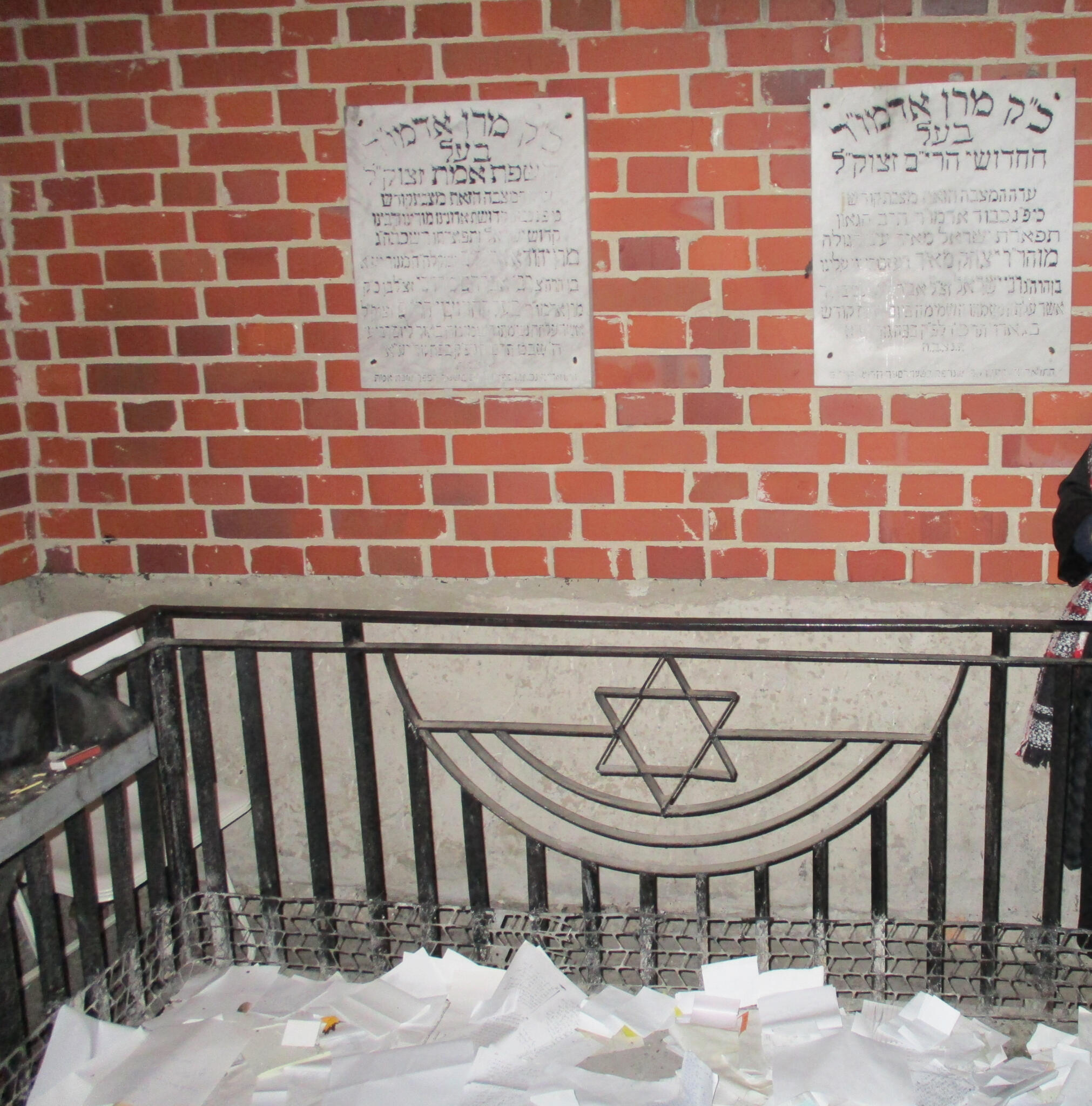
The tomb of the Chidushei Harim and his grandson, the Sfat Emet, in the cemetery in Gora Kalwaria (Gur)

The gate to the Jewish cemetery in Gora Kalwaria (Gur)
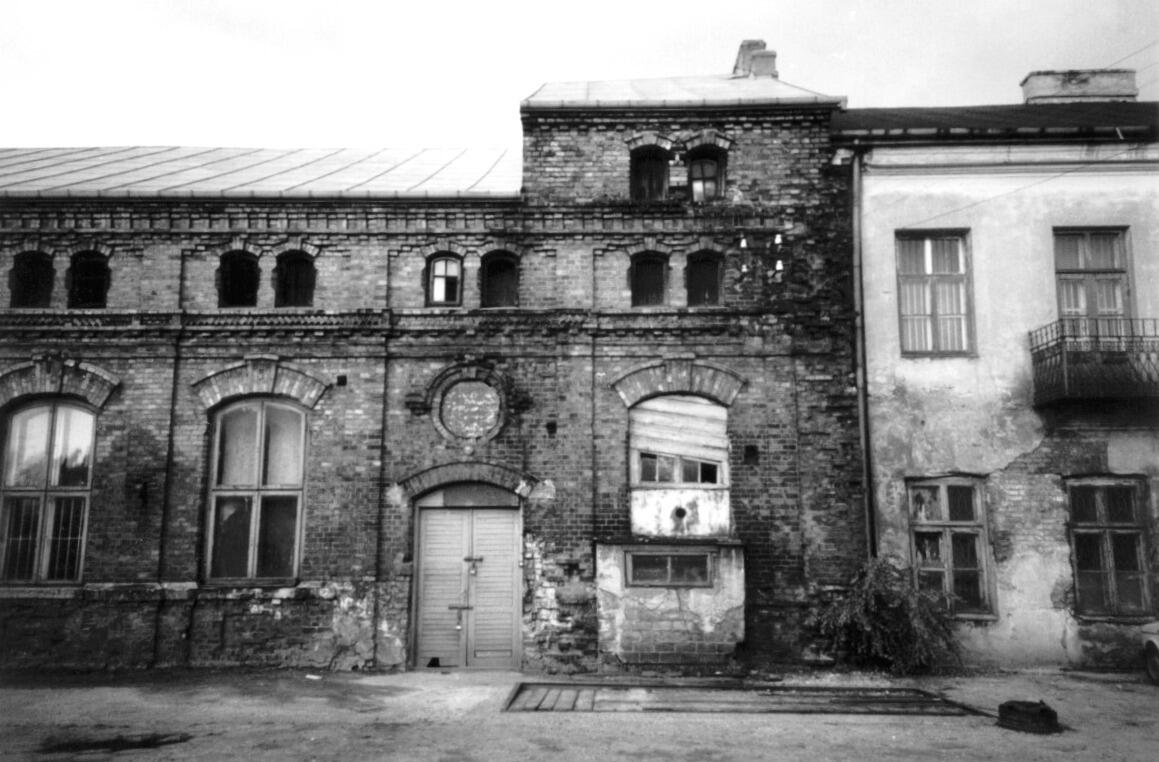
The study hall in Gur
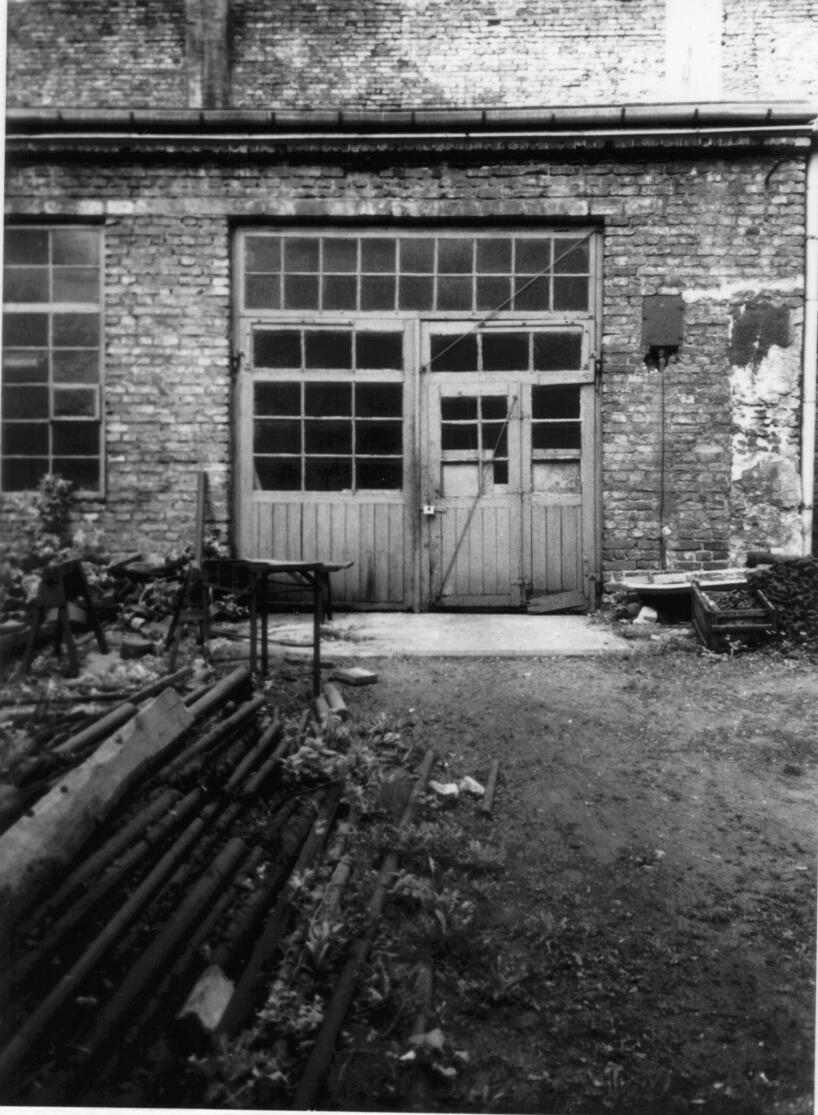
The Chidushei Harim’s study hall in Warsaw

The study hall of the Gerrer chassidim in Poland, on the left, with the Gerrer Rebbe’s home next to it
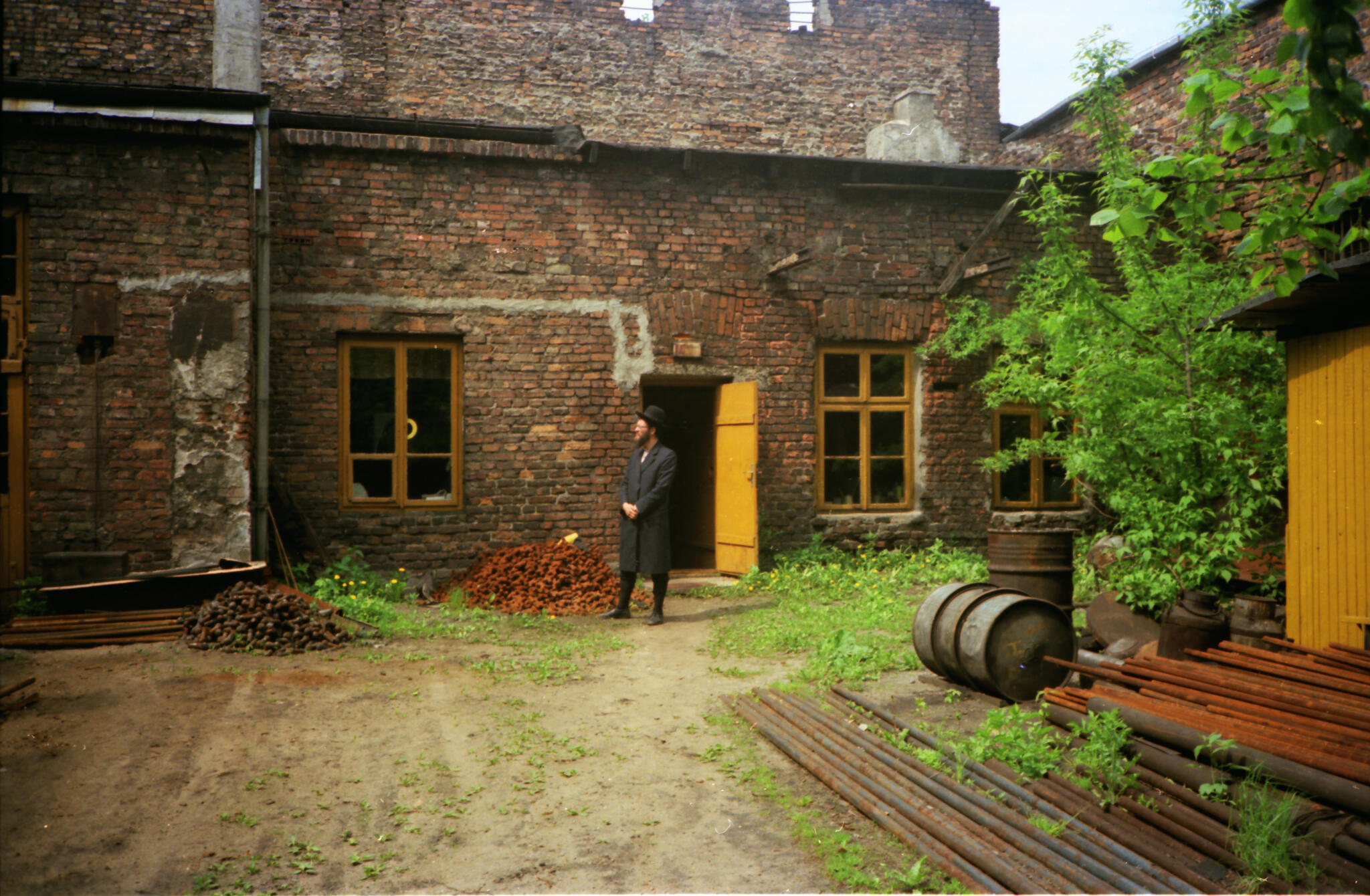
The Chidushei Harim’s study hall in Warsaw

Chassidim disembarking the koleika (electric train) upon their arrival in Gur
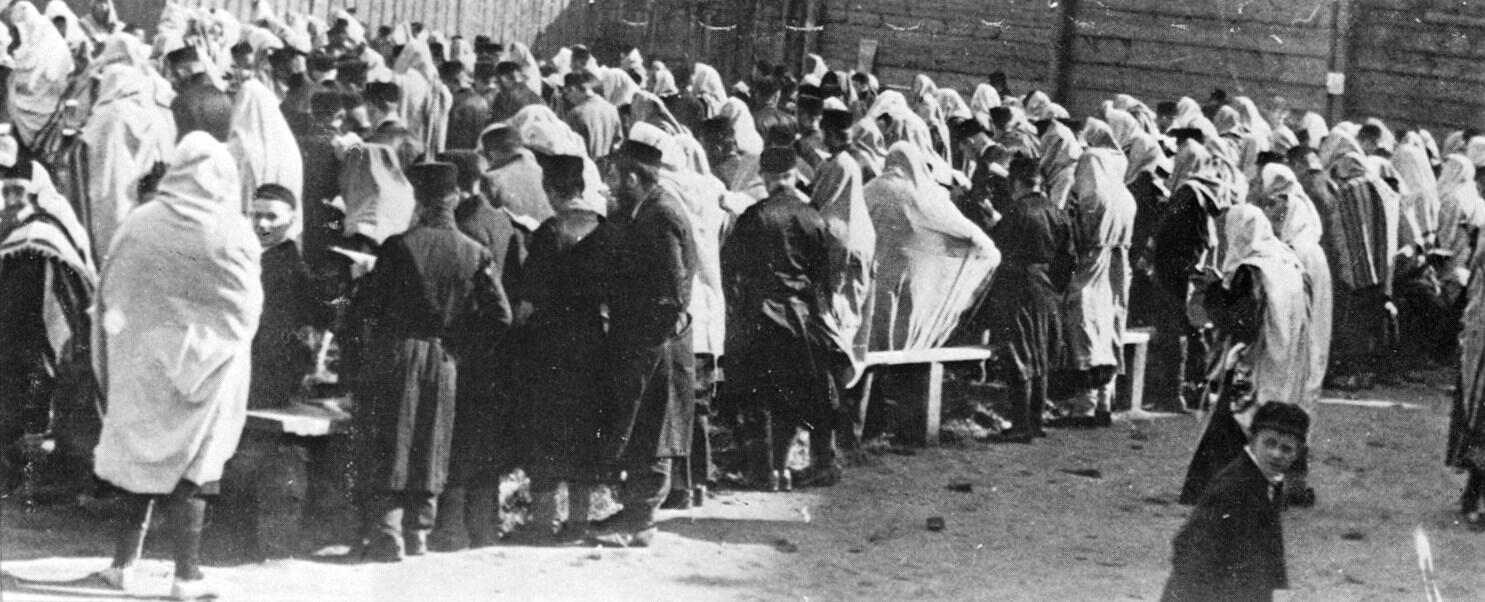
Chassidim, wrapped in their prayer shawls, praying in the courtyard of the study hall in Gur





 HaRav Meltser Street 15, Bnei Brak
HaRav Meltser Street 15, Bnei Brak Sunday through Thursday from 10 AM to 5 PM
Sunday through Thursday from 10 AM to 5 PM 03-5703018, 03-5795589
03-5703018, 03-5795589
 mazkirut@ganzach.org.il
mazkirut@ganzach.org.il
 Visit us on Facebook
Visit us on Facebook














